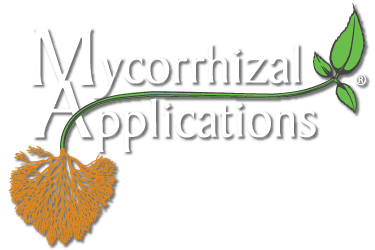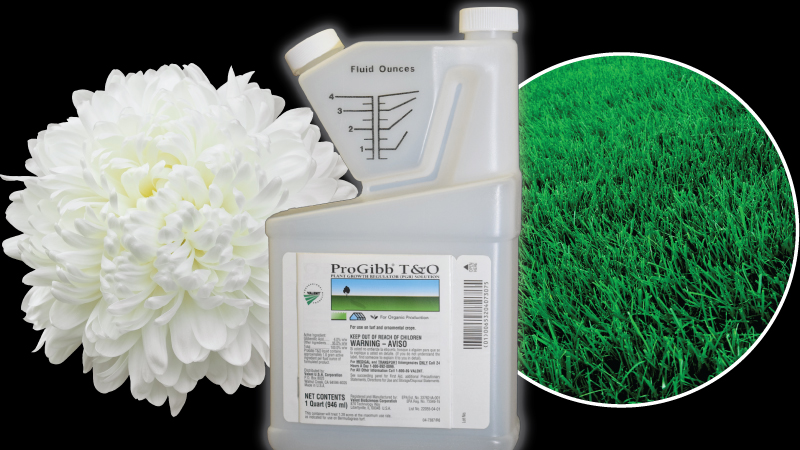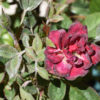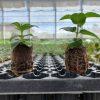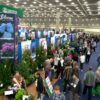Gibberellins
Gibberellins (or gibberellic acids; GAs) are a family of compounds based on the ent-gibberellane molecular structure that possess plant growth regulating activity. GAs are known to be regulators of many phases of higher plant development, including seed germination, stem growth, induction of flowering, pollen development and fruit growth. At present, there are 136 GAs, designated GA1 through GA136 that have been identified from 128 different species of vascular plants, and also from 7 bacteria and 7 fungi.
GAs were first isolated and identified in Japan in 1926, as a metabolic by-product of the plant pathogenic fungus Gibberella fujikuroi. The presence of GAs in this fungus leads to the extensive growth of infected rice plants. Thus, from the time of their discovery GAs were known to be effective in promoting stem elongation. In nature, GAs are synthesized in rapidly growing regions of the plants, i.e., young tissues of the shoot and developing seed.
For commercial use, GAs are produced in large industrial scale through fermentation. The most commercially available gibberellin is GA3. The beginning of commercial production of GA3 dates back to the 1950s when research on the use of plant growth regulators was booming. The most studied effect of gibberellins at that time was growth promotion and stem elongation (Fig. 1). Since then, several other effects of GAs have been identified and commercialized.

Fig. 1. Repeat applications of gibberellic acid cause stem elongation in brassica plants; left plant treated with GA3 and plant on the right was untreated (photo ca. 1957, Michigan State Univ.)
Physiologically, a major function of gibberellins in higher plants can be generalized as stimulating organ growth through enhancement of cell elongation and, in some cases, cell division. In addition, gibberellins promote certain developmental switches, such as between seed dormancy and germination, juvenile and adult growth phases, and vegetative and reproductive development. In this last case, gibberellins may promote the vegetative or reproductive state, depending on species.
ProGibb T&O is a liquid plant growth regulator with 4% GA3 as active ingredient. ProGibb T&O can be used to manage important plant growth developmental processes in both organic and traditional greenhouse and nursery production. ProGibb T&O is registered for use in every state of the US. The product is OMRI-listed and approved by the USDA for use in organic production. ProGibb T&O is registered for use in several ornamentals, cut flowers and turf. The various ornamental uses, crops, use rates and application timings are summarized in Table 1 below. The most important effect of GA3 in these crops is the increase of flowering. In most cases, plants require cold (dormancy) or use changes in day-length (photoperiod) as cues for the initiation of flowering. Gibberellins have been shown to act as secondary messengers in these processes and external application of GA3 can substitute these environmental stimuli.
Table 1. Registered Uses of ProGibb T&O in Ornamental Crops
| Use objective | Crop/Variety | Rate (ppm a.i.) | Application timing |
| Break flower dormancy (as a partial replacement of cold treatment) | Azalea | 250-500 | Applications begin after plants have received 3-4 weeks of chilling. For three consecutive weeks apply a single foliar application. |
| Inhibit flower bud initiation during vegetative growth | Azalea | 100-750 | Apply a single foliar application beginning 2-3 weeks after each pinch. Continue applications on a weekly basis for 1-2 weeks after the first application. |
| Increase flower number per rhizome/tuber | Calla lily | 500 | Soak rhizome/tuber for 10 min prior to planting. |
| Substitute chilling requirements and increase bloom size | Camellia | 2% solution | Remove the vegetative budimmediately adjacent to or below the floral bud. Place a single drop of solution to the vegetative bud scar. |
| Increase flower number and flower size | Geranium | 1-5 | Apply a single foliar application when inflorescence first begins to show color. |
| Flowering advancement | Geranium | 5-15 | Apply a single foliar application when first bud set is noted. |
| Elongate peduncle | Pompom Chrysanthemum | 25-60 | Apply a single foliar application 9-12 weeks prior to expected date of sale. |
| Accelerate bloom and increase the number of flowers per plant | Spathiphyllum | 150-250 | Apply a single foliar application to the flower buds 4-5 weeks after initiation of short days. |
ProGibb T&O is also registered for use in cut flowers (Table 2). The main purpose of application is the promotion of stem elongation and increase in the number of flowering stems. These characteristics are of high ornamental and economic value of cut flowers. The active ingredient, GA3, increases stem elongation through the elongation/enlargement of plant cells.
Table 2. Registered Uses of ProGibb T&O in Cut Flowers
| Use objective | Crop/Variety | Rate (ppm a.i.) | Application timing |
| Promote stem elongation and break dormancy | Aster | 50-100 | Make 1-3 applications during the early vegetative period. Apply when plants are 2-6 inch tall. Keep applications 2-3 weeks apart. |
| Accelerate plant growth, increase number of flowering stems, increase flower number and uniformity | Baby’s Breath (Gypsophila) | 150-500 | Apply 3-4 applications at 4 weeks of growth (after pinching). Keep applications 2 weeks apart. |
| Promote plant growth and stem elongation | Column Stock (Matthiola), Delphinium, Larkspur, Queen Anne’s Lace (Ammi), Statice, Sweet William (Dianthus) | 50-100 | Apply as a foliar spray when plants are 4-8 inch tall. Keep applications 2-3 weeks apart. |
Besides the above-listed specific ornamental uses, ProGibb T&O can be used in bedding plants, annual and perennial potted crops (e.g., tree form azalea, flowering chrysanthemum, poinsettia), field grown ornamentals and bulb crops to promote plant growth. Applying ProGibb T&O as a single foliar spray at 1-25 ppm rate has the potential to dramatically promote plant growth of most dicot and some monocot plants. Additionally, ProGibb T&O can be utilized to overcome over-applications of growth-inhibiting plant growth regulators.
ProGibb T&O has been registered for turfgrass use. Foliar applications of ProGibb T&O have been shown to initiate or maintain growth and/or prevent color change during periods of cold stress on Bermudagrass grown in golf courses, parks and turf farms (Table 3).
Table 3. Registered Uses of ProGibb T&O in Turfgrass
| Use objective | Crop/Variety | Rate (grams per acre) | Application conditions |
| Initiate or maintain growth and prevent color change during periods of cold stress and light frosts | Bermudagrass (Tifdwarf, Tifgreen and other cultivars) | 10-25 | Apply 10 grams a.i./acre weekly or 25 g a.i./acre biweekly in 25-100 gallons of water /acre. |
| Maintain or enhance regrowth of golf course bermudagrass during summer months | Bermudagrass Tifdwarf, Tifgreen) | 1-3 | Apply 1-3 grams a.i./acre weekly in 25-100 gallons of water /acre. |
General Use Recommendations
- ProGibb T&O is a potent plant growth regulator. First, evaluate product efficacy on a small number of plants before application of the product on a large scale production area.
- Plants are highly responsive to gibberellic acid applications and sensitive to the rates, timings and volumes of application. Care must be used in measuring, diluting and applying ProGibb T&O. Deviations in rates, timings or water volumes from the label directions will result in undesirable effects.
- If desired plant results are not achieved, a reapplication or an increase in rate is warranted.
- For optimum effectiveness, thorough spray coverage must be achieved; only plant parts covered with spray solution will be affected. Plant parts not directly covered with ProGibb T&O will not respond to the application.
- An effective dose of ProGibb T&O is strongly dependent on application volume. Variation in plant response is possible if a given rate is applied at different spray volumes. Uniformity of spray solution is equally important.
- When applying ProGibb T&O foliarly, spray plants to run-off. The actual spray application rate will vary depending on plant size and spacing density.
- ProGibb T&O is most efficacious when applied in slow drying conditions, i.e., during morning or late afternoon hours. Slow drying conditions provide longer direct contact of the spray solution with the plant surface resulting in better absorption of the product and thus greater efficacy.
